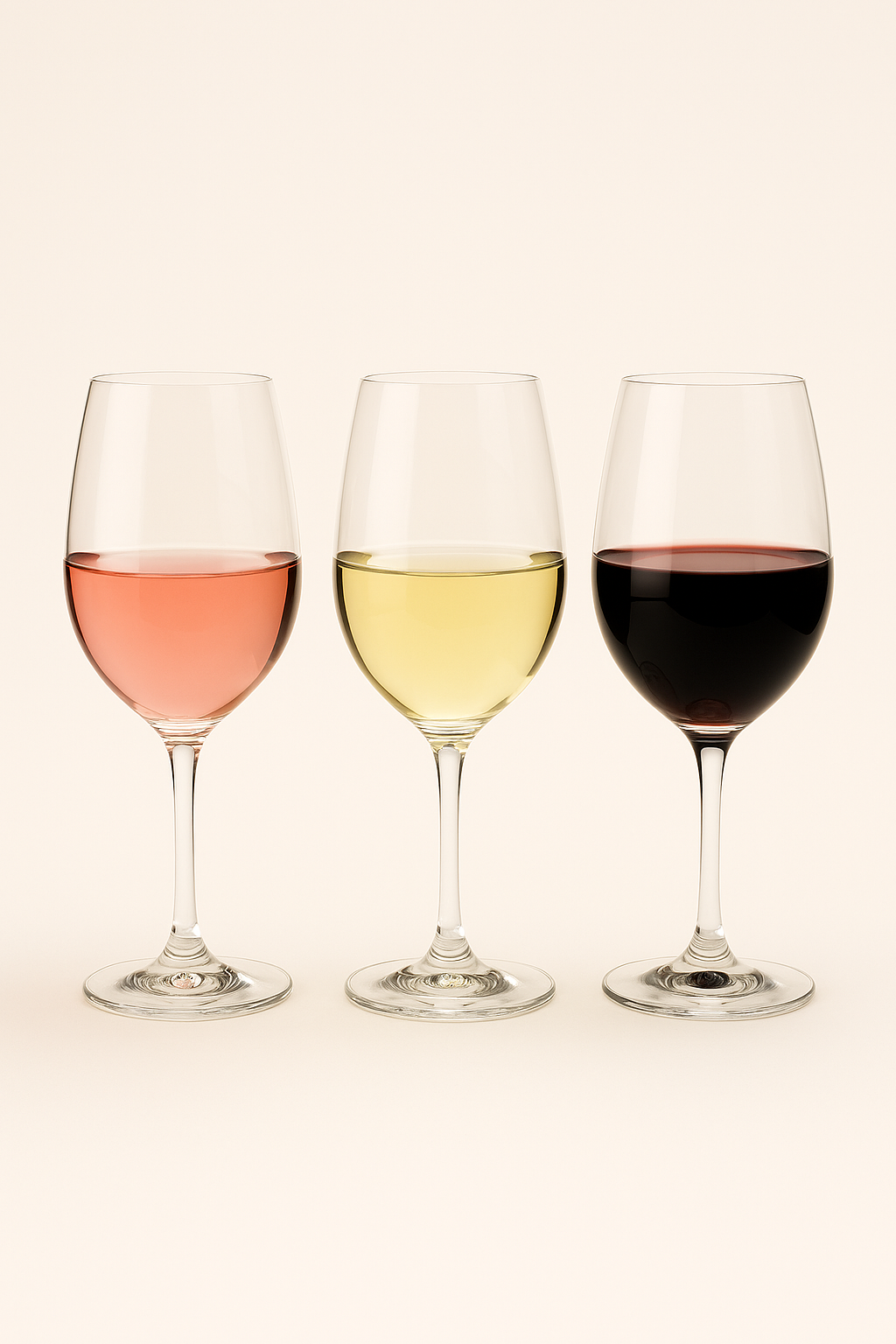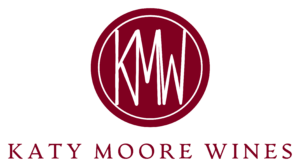Understanding Wine Body: The Key to Savoring Every Sip
When exploring the world of wine, one term that often pops up is “body.” It’s a concept that can dramatically shape your tasting experience, yet it’s one of the most misunderstood aspects of wine. So, what exactly is wine body, and why does it matter?
What Is Wine Body?
In simple terms, the body of a wine refers to the weight and fullness of the wine in your mouth. Think of it like the difference between skim milk, whole milk, and cream. Each has a distinct texture and richness — and wine works the same way.
Wine body is typically categorized into three main types:
Light-bodied: These wines feel delicate and refreshing. They’re often lower in alcohol and tannins, making them easy to drink and pair well with lighter foods.
Medium-bodied: A balance between light and full, these wines offer more complexity and structure without overwhelming the palate.
Full-bodied: Rich, bold, and often higher in alcohol, full-bodied wines coat the mouth and linger longer. They pair beautifully with hearty dishes.

Several factors contribute to a wine’s body:
Alcohol Content: Higher alcohol levels generally lead to a fuller body. Alcohol adds viscosity and weight.
Grape Variety: Some grapes naturally produce fuller-bodied wines (e.g., Cabernet Sauvignon), while others yield lighter styles (e.g., Pinot Noir).
Winemaking Techniques: Oak aging, malolactic fermentation, and lees stirring can all enhance body.
Residual Sugar: Sweetness adds weight, even in small amounts.
Tannins: These compounds from grape skins and seeds add structure and mouthfeel, especially in red wines.
When we’re analyzing a glass of wine the swirling and watching the tears form is the first step in deducing the wines body. The tears are a viscosity test, thick, slow forming and moving are an indicator of full body. Thin, fast moving and quick to form, indicated a light bodied wine.
Examples of Wine Body
Here are some classic examples to help you visualize: Light-bodied: Pinot Grigio, Riesling, Gamay (Beaujolais)
Medium-bodied: Merlot, Sangiovese (Chianti), Chenin Blanc
Full-bodied: Cabernet Sauvignon, Syrah/Shiraz, Chardonnay (especially oaked)
Understanding “body” helps you to choose wines that suit your taste and the occasion to serve. A classic food pairing rule is matching power to power. This refers to the wines body. Lighter bodied wines go well with salads and poached/ grilled seafood, while fuller wines complement steaks and rich sauces. Matching the weight(body) of the wine to the dish that you will be serving is a great jumping off point.
Once you have the concept of body down it will be a great tool for selecting wines. Whether you’re sipping a zesty Sauvignon Blanc or a velvety Malbec, paying attention to body can transform your wine experience from good to unforgettable.


